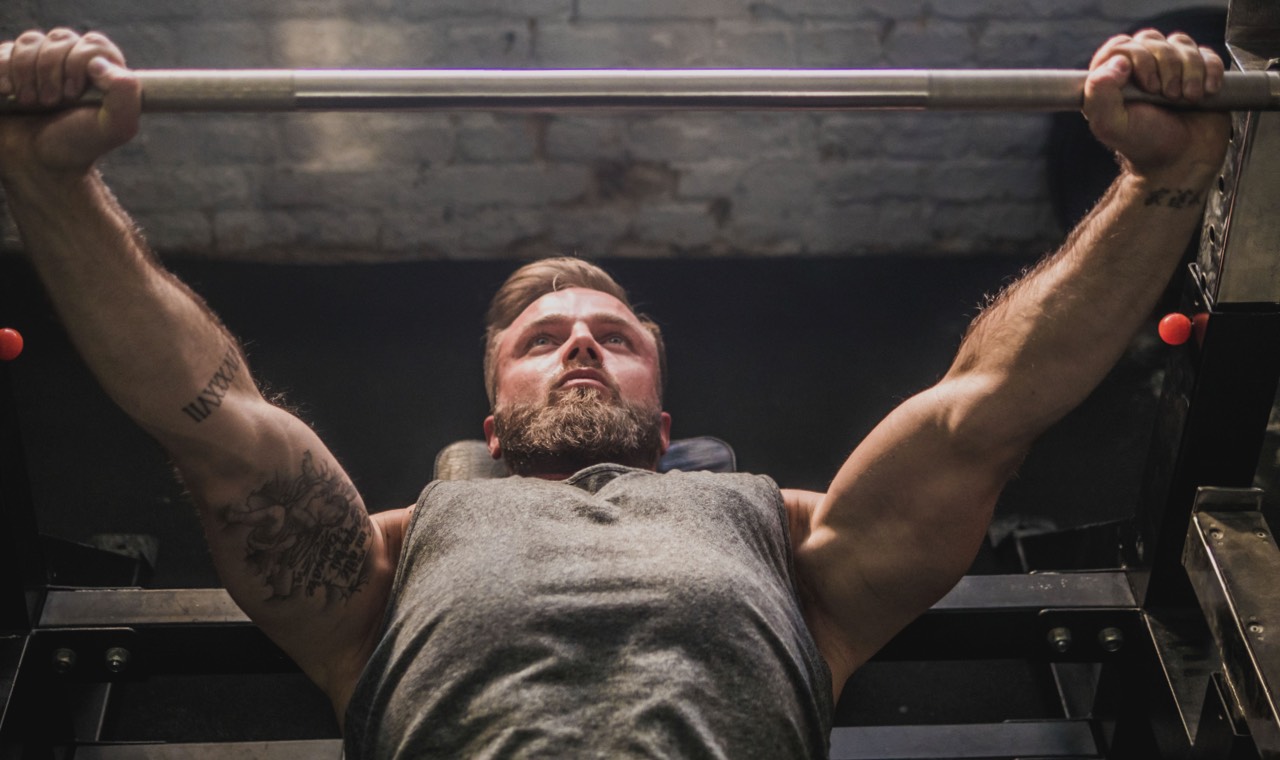
To follow on from yesterdays entry regarding supersets, a much similar training method, which is often confused with the superset, is the compound set. A compound set is the execution of two sets, back to back, which target the same muscle group. An example of this is a set of dumbbell lateral raises directly followed by a set of shoulder presses, with no rest in-between the two exercises. Supersets differ in that they target antagonistic muscle groups, so a chest exercise would be directly followed by a back exercise, for example. Compound sets are a way of increasing training intensity, and may prove a great avenue for those who are experiencing a training rut with a particular muscle group and wish to shock the muscle group into progression.
Some advantages of compound sets are listed below.
Greater testosterone and growth hormone release. The increase in lactic acid build up is believed to result in a greater secretion of testosterone via the chemical massager cAMP (adenosine monophosphate). Lactate has also been shown to have a notable impact on the level of circulating growth hormone, which may in turn result in greater levels of IGF-1 due to the GH mediating the release of the potent hormone. Not a bad cocktail of hormones to have in circulation during and after training, I think you would agree!
Greater protein synthesis. Whilst many tend to think of the “pump” as a short lived cosmetic benefit, the process in which this commonly experienced condition is brought about results in enhanced cell hydration, which has been shown to stimulate protein synthesis.
Increased overload and variety. The increase in workload and the variation in the stimulation to the muscle via the inclusion of compound sets can help promote advances in muscle size. The heightened time under tension from the compound sets can also lead to greater myofilamental damage, therefore mediating the level of muscle hypertrophy (growth).
To achieve greater levels of muscle fibre recruitment, it may be wise to pair exercises which offer slightly varied stimulus to the target muscle. Some examples of this may include; the barbell curl compounded setted with the hammer curl for the arm flexors, the chest dip compound setted with the barbell bench press for the chest muscles, and the leg press compound setted with the leg extension for the quadriceps.
Compound sets, as with supersets, should not be practiced every training session due to the heightened intensity. The compound set is a great tool to have for times when you feel a variation in stimulation is needed to spur on progression. You would likely need to decrease the resistance commonly used on the exercises being compounded, due to the greater number of overall reps being performed which will lead to fatigue.
Feel free to leave a comment regarding compound sets. Do you like them? Have any tips? Have any questions?